Little Mushroom Hiker Wood Carving Pattern
This wooden walking cane pattern will keep you company on your adventures
By Lora S. Irish in Cane Topper Woodcarving
This little mushroom spirit will bring a sense of magic to your hiking trip! I love woodcarving. I love the feel of the wood in my hands and the movement of a crisply sharp tool working through the grain. Woodcarving is a hobby that encompasses all forms of designs, themes, and art styles. But as an avid hobbyist, I also want an art form that does not take me away from my family. The carving projects that I work are designs that I can create in my home, at my studio table, or in my lap during the evening hours. Working with a decorative carving directly into a 5-foot (155cm)–long walking stick means that I need a large, open space in which to move, turn, and twist the staff. By dividing the cane into small sections—the cane topper, the joint, the joint cover, and the staff—I can carve and construct a cane anywhere and in just about any space, including in the living room or on my back porch. Below I explain the four sections of these handmade walking sticks.
Cane Topper Woodcarving
Carving Creative Walking Sticks and Canes
From a simple lyre-shaped thumb stick and a gent’s walking stick to derby sticks with the head of a fox, eagle, Labrador retriever, black swan, and other animals, author, contributor to The Guild of Master Craftsman’s magazines, and self-taught woodcarver Paul Purnell will show you everything you need to know!
Wood Carving Your Own Walking Stick
Learn to carve beautiful, wildlife-inspired walking sticks, staffs, and canes with 12 step-by-step wood carving projects and ready-to-use patterns! Twelve step-by-step wood carving projects and ready-to-use patterns make it easy to get started in this relaxing and rewarding hobby.
Making Your Own Walking Stick
From rustic walking sticks to fancy canes, woodworker and author Charlie Self “cane” show you how to craft more than a dozen different staffs in Make Your Own Walking Sticks. Whether you are looking for something simple and practical or looking to make a statement, you will find everything you need to know inside this fun and easy-to-follow book.
Fantastic Book of Canes, Pipes, and Walking Sticks
Fabulous pen and ink sketches showcase a wide variety of canes, staffs and pipes along with carving tips and notes. A sketchbook of original designs for woodcarvers and artists. The fantastic book of canes pipes & walking sticks is the remarkable work of (the late) Harry Ameredes, notable artist, woodcarver and sculptor.
The Staff
Harvesting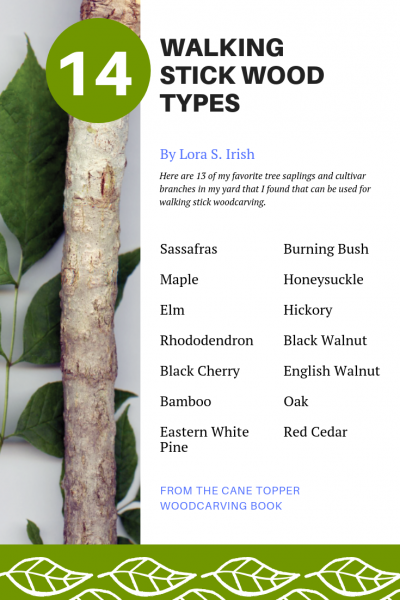
Autumn is my favorite time to harvest the year’s crop of walking stick wood. The leaves are changing and beginning to fall, which makes finding and identifying the different tree species easier. The sap in the trunks has begun to drop, so the drying time is less than it would be for a spring-cut sapling. During one morning’s walk through my yard, I found thirteen favorite tree saplings and cultivar branches that could be used in walking stick woodcarving:
Preparation
Whether you peel the bark, partially peel the bark, or leave the bark on the stick, all preparation methods will eventually be treated the same when it comes time to use either an oil finish or paste wax finish.
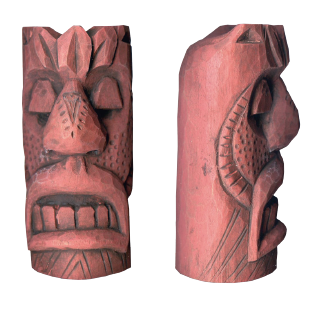 Cane Topper
Cane Topper
Here comes the fun part! Cane toppers are the customized part of your hiking stick. While you can carve with any favorite carving wood, I strongly recommend precut basswood carving blocks for your first cane toppers. Basswood, while classified
as a hardwood species, is a soft, easy-to-cut wood. Its white coloring makes it perfect for painting with either acrylic craft paints or oil stains. Working with a precut size means that you as a hobbyist do not need to cut or plane a larger block down to your desired size. Other excellent carving woods for cane toppers include butternut, sugar pine, soft maple, and yellow cedar.
Joinery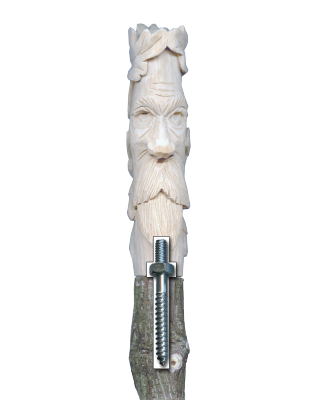
Before you begin carving a basswood blank to create a cane topper, you will want to plan how you will join your cane topper to your walking stick. You will need to create the attachment using some form of anchor bolt or dowel and glue (For an in-depth overview, get your copy of Cane Topper Woodcarving). There are three important points to be considered when you are attaching a cane topper to a walking stick:
- Alignment: It is much easier, and more accurate, to mark and drill a hole in your cane topper before you do any carving steps.
- Air space: When you drill holes in both the cane topper and the stick, you need to allow a small amount of extra space for the glue and to allow the air inside the hole to escape when you insert the joinery hardware.
- Glue choice: Certain glues are more appropriate for certain hardware. If you are using a metal hanger bolt or all thread rod, you will want to glue with two-part epoxy. If you are using a dowel rod, dowel pin, or carving an insert plug on the bottom of your cane topper, you should use wood glue for the joint.
For step-by-step instruction on attachments, get your copy of the Cane Topper Woodcarving book.
Joint Covers
Joint wraps serve three important purposes for cane topper walking sticks: strength, grip, and decoration. Leather has long been traditional as the wrapping material for sticks. It is available in a wide range of colors through leather crafting companies, jewelry supply stores, and large craft outlets. Other natural fibers include bailing twine, hemp cord, waxed sinew, craft twine, and polished twine. Rattail cord, rubber beading cord, faux leather cord, and paracord are synthetic fibers that perform well with long-term use. For step-by-step wrapping instructions, check out Cane Topper Woodcarving.
More Lora Irish Patterns & Books
Lora Irish Pattern Series
Finishing Techniques for Wood Crafters
Get Exclusive Email Offers And Receive 15% OFF On Your First Book Order!


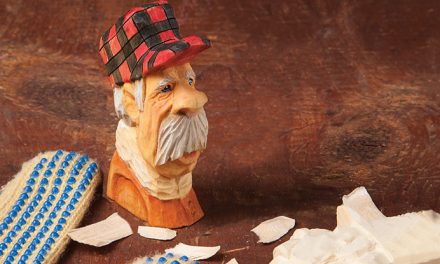
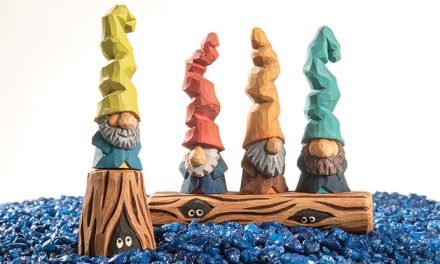
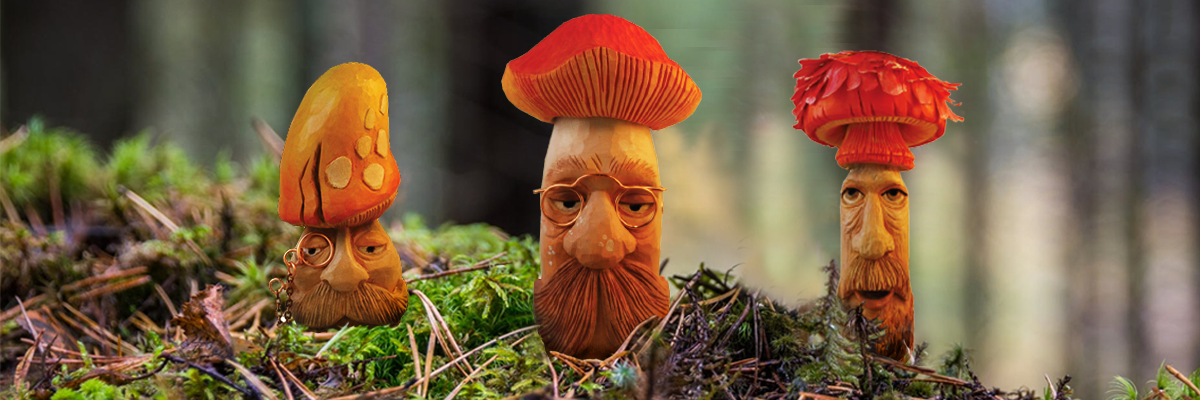
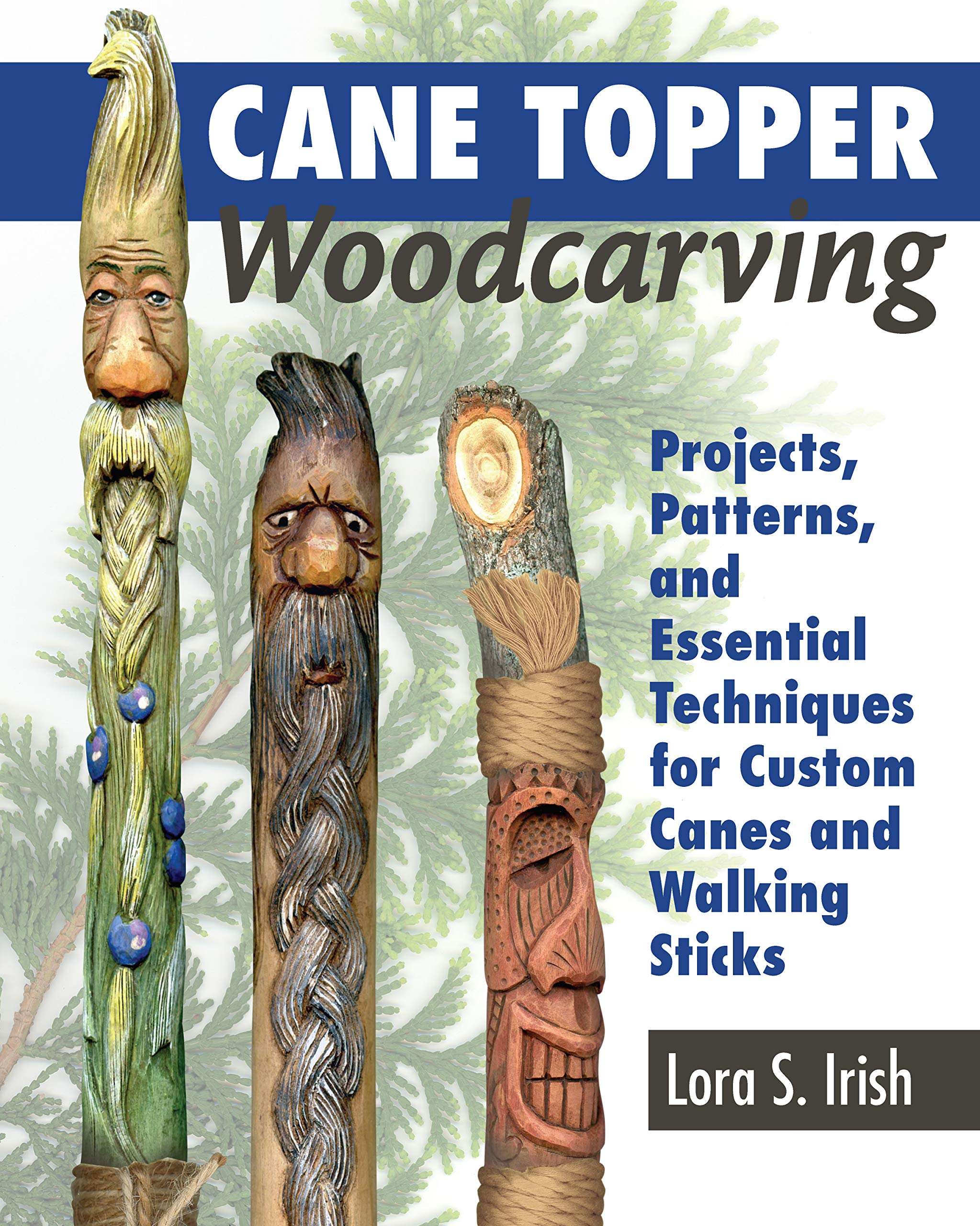
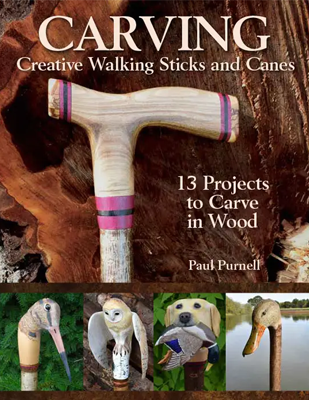
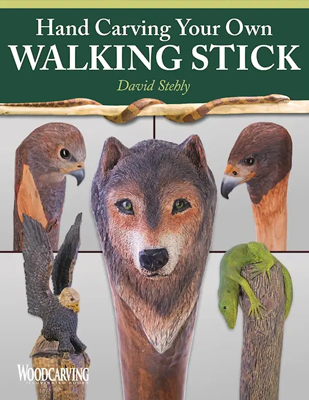
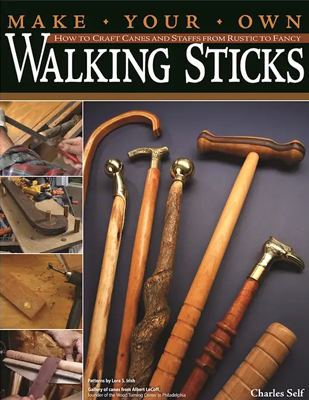

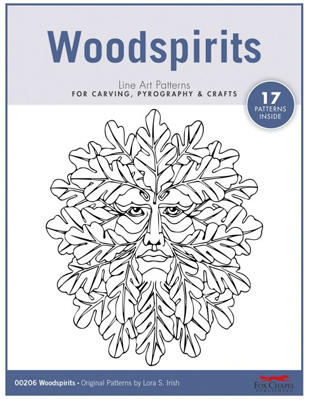
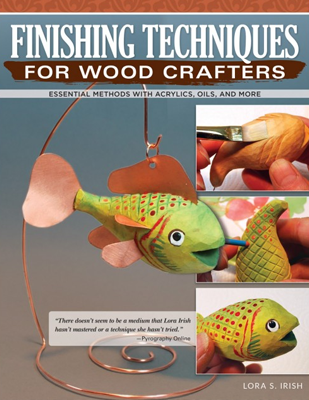
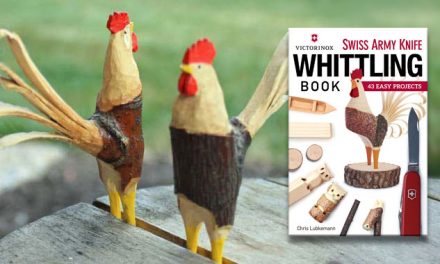
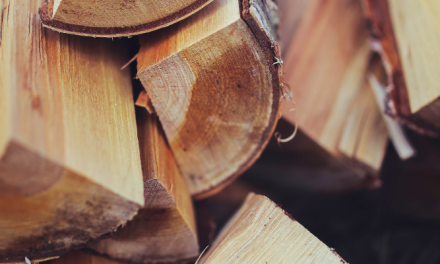
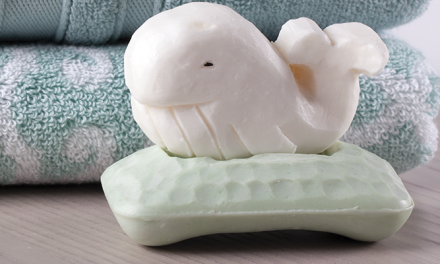
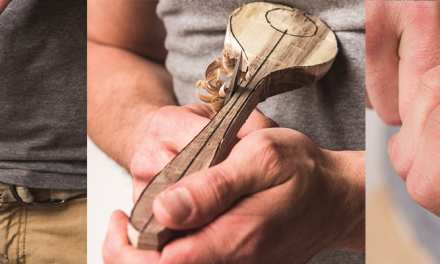
Recent Comments